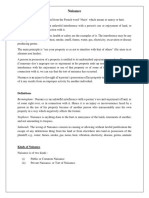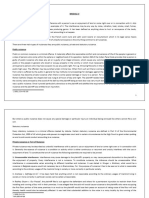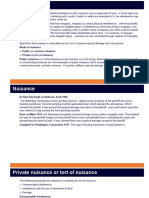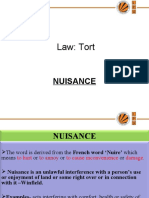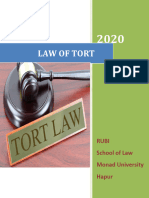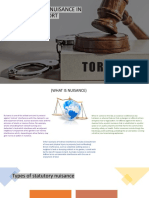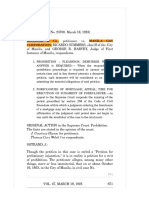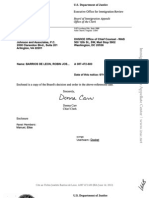0% found this document useful (0 votes)
94 views6 pagesNUISANCE Part 2
This document outlines the elements of private nuisance under law, including unreasonable interference with land, enjoyment of land, or rights over land that causes damage. It discusses injury to property and physical discomfort as two types of private nuisance and provides case examples to illustrate different situations.
Uploaded by
Christine MurphyCopyright
© © All Rights Reserved
We take content rights seriously. If you suspect this is your content, claim it here.
Available Formats
Download as DOCX, PDF, TXT or read online on Scribd
0% found this document useful (0 votes)
94 views6 pagesNUISANCE Part 2
This document outlines the elements of private nuisance under law, including unreasonable interference with land, enjoyment of land, or rights over land that causes damage. It discusses injury to property and physical discomfort as two types of private nuisance and provides case examples to illustrate different situations.
Uploaded by
Christine MurphyCopyright
© © All Rights Reserved
We take content rights seriously. If you suspect this is your content, claim it here.
Available Formats
Download as DOCX, PDF, TXT or read online on Scribd
/ 6


